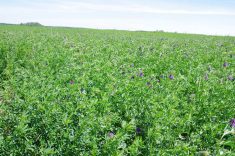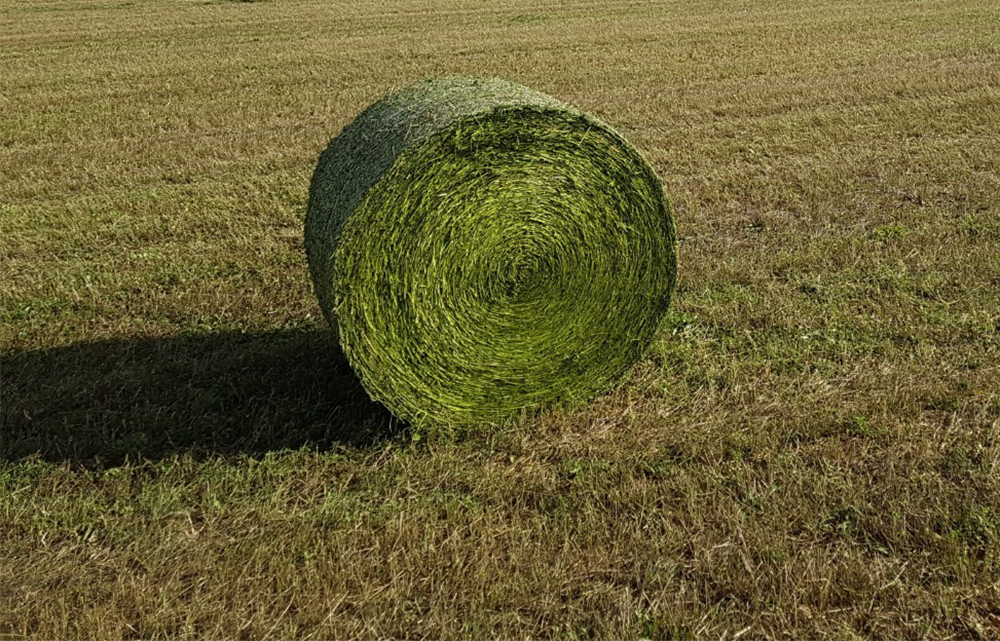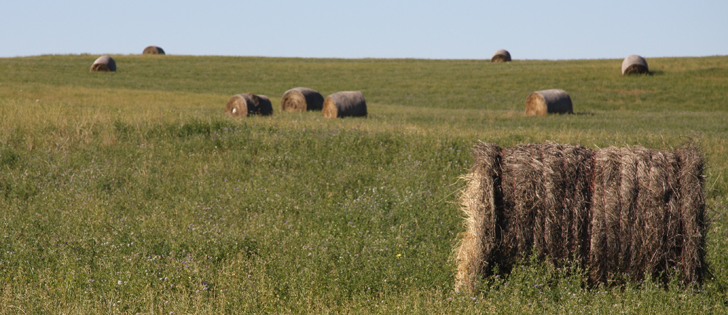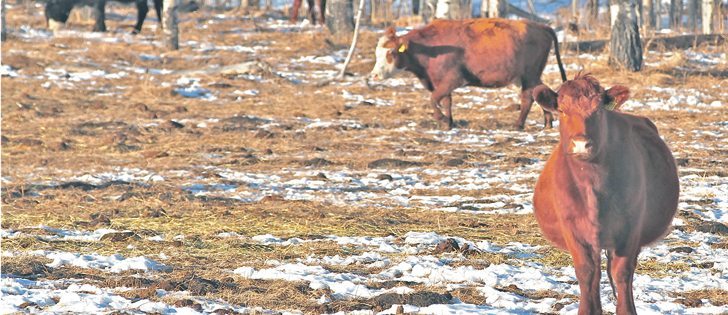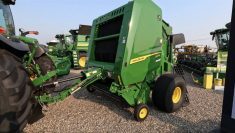OLDS, Alta. — Forage and hay producers who are looking to sell product should pay attention to Alberta’s horse industry, says Les Burwash, a horse industry specialist with Alberta Agriculture.
There are 200,000 to 250,000 horses in Alberta, and most of their owners buy hay rather than grow it. In fact, Burwash said the horse industry buys more hay than any other sector.
It doesn’t mean it is the biggest user by volume — that crown goes to the cattle industry — but many cattle producers are able to grow some of their feed needs, which is not the case for most of Alberta’s horse owners and more than 600 stable operators.
Read Also
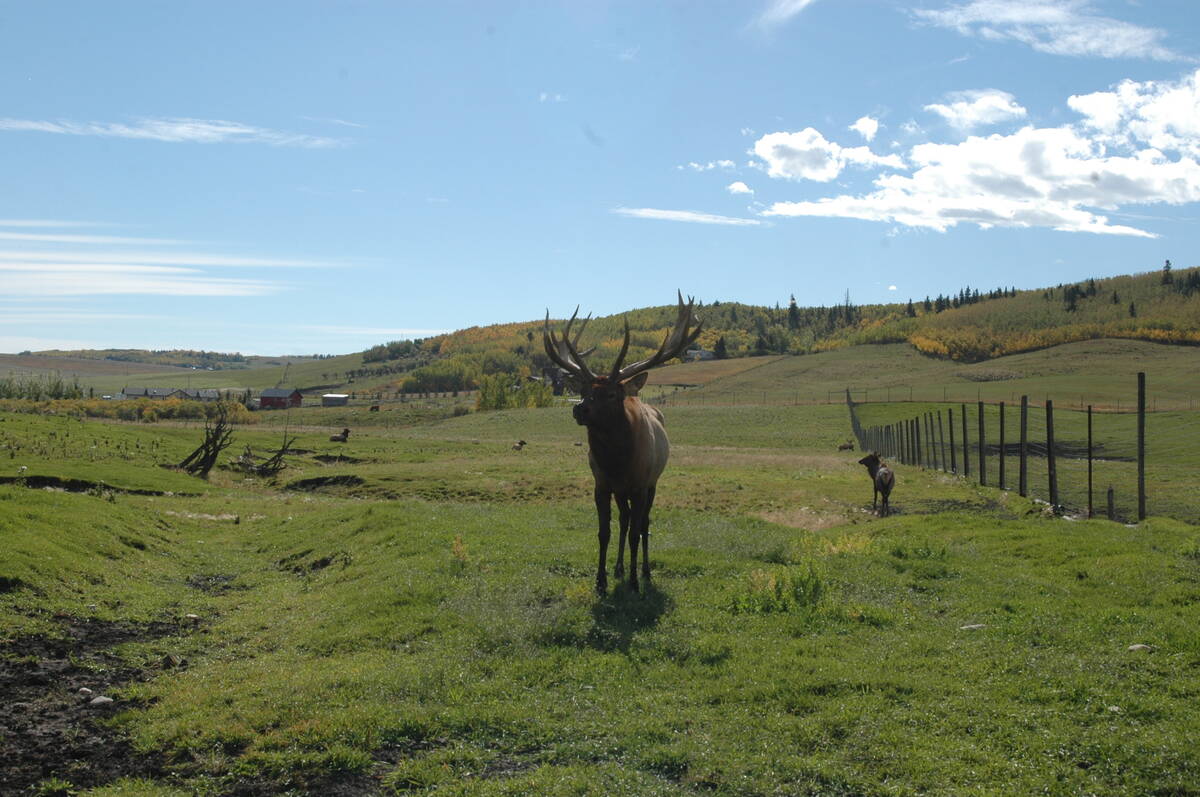
Feds propose overhaul of chronic wasting disease control program
Chronic Wasting disease control program getting updated by Canadian Food Inspection Agency with feedback encouraged from producers.
Burwash estimated that as much as 75 percent of all the hay fed to horses is purchased.
He told members of the Alberta Forage Industry Network March 12 that the key to hay sales to the horse industry is to offer early to mid-maturity hay that is baled at less than 17 percent moisture so it is free of mould.
“You’re going to be asked if it’s going to be mouldy or not,” said Burwash.
Mould is a deal breaker for horse owners because of the equine health issues it can cause. As well, hay must be free of alsike clover because it can cause photosensitivity in horses.
Certain types of tall fescue can also create health issues for lactating mares.
Burwash reminded potential hay sellers that horse owners generally prefer to buy small square bales or hay cubes, as opposed to large round or large square bales.
The reason is simple: most of them don’t have a tractor large enough to handle big bales.
A mature horse will consume 1.5 to two percent of its body weight in feed daily and most of that should be long forage.
Assuming the average horse weighs 1,000 pounds and eats two percent of its body weight daily, and estimating Alberta’s total horse herd at 225,000, that’s 4.5 million lb. of hay per day.
Multiply that by 365 days in a year, and “it’s a bunch of hay,” said Burwash.
Big as that number may be, it is shrinking. Burwash said Alberta horse numbers have dropped by 40 percent since 2008, though the province still has about one-third of all the horses in Canada.
Contact barb.glen@producer.com




